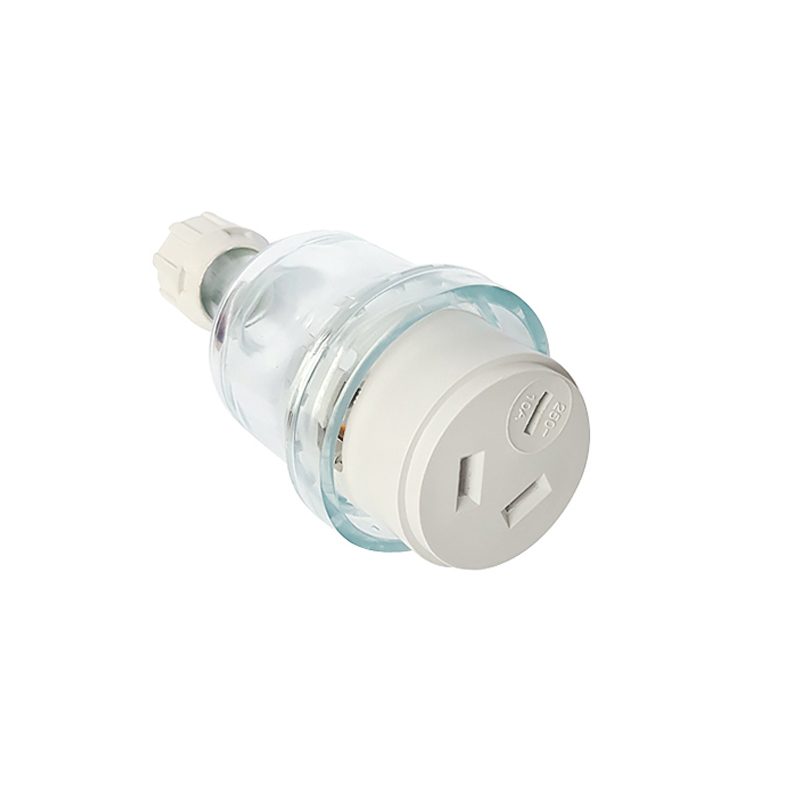The design principles and safety performance considerations of power plugs are multifaceted and crucial for ensuring the safe and efficient operation of electrical devices. Here are some key points:
Design Principles:
Compatibility and Standardization: Power plugs are designed to conform to international and local standards, ensuring compatibility with a wide range of sockets and devices. This standardization ensures ease of use and interchangeability.
Durability and Reliability: The materials used in power plugs are chosen for their durability and resistance to wear and tear. This ensures a long lifespan and reliable performance even under heavy use.
Ease of Use: The design of power plugs aims to be user-friendly, with ergonomic shapes and easy-to-grip surfaces that facilitate insertion and removal from sockets.
Safety Performance Considerations:
Electrical Safety: Power plugs are designed to provide a safe electrical connection, preventing the risk of electric shocks or fires. This includes the use of insulated materials, protective grounding pins, and overcurrent protection mechanisms.
Thermal Performance: Excessive heat generation can lead to safety hazards, so power plugs are designed to dissipate heat effectively and maintain a safe operating temperature.
Mechanical Strength: The plugs are made to withstand physical stress, such as being accidentally pulled or twisted, without breaking or damaging the electrical connections.
Child Safety: Special features like child-resistant designs and safety shutters are incorporated to prevent accidental insertion of fingers or objects into the live parts of the plug.
Overall, the design of power plugs is a balance between functionality, safety, and user convenience.
 Abroad:[email protected]
Domestic:[email protected]
Abroad:[email protected]
Domestic:[email protected]
 Abroad: +86-18157471290
Domestic: +86-18157471293
Abroad: +86-18157471290
Domestic: +86-18157471293
- Home
- Products
- Industrial connectors
- Waterproof housings
- Power distribution box sets
- ABS electrical accessories
- Cables
- Moulds
- Power Distribution Board/Box
- Extension Lead with Plug
- AS/NZS Waterproof Electrical Products
- C Series IEC/CEE Waterproof Electrical Products
- B Series IEC/CEE Waterproof Electrical Products
- Waterproof Window Cover
- Waterproof Plastic/Metal/Aluminum Box
- House Use Electrical Items
- About Us
- FAQ
- News
- Contact Us

